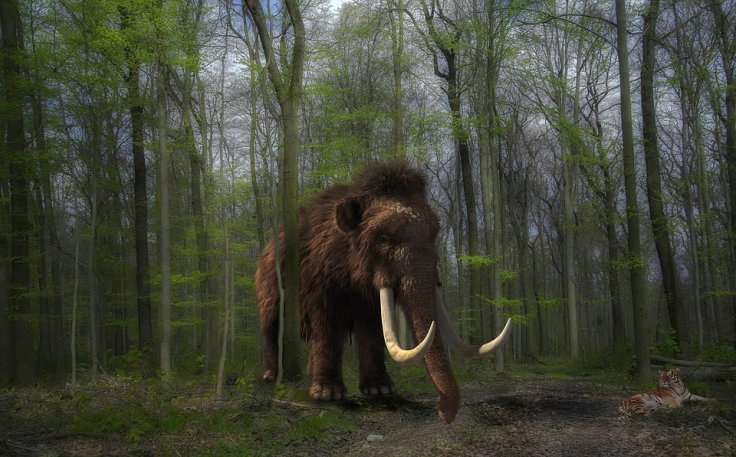Almost 4,000 years ago, a small population of woolly mammoths, which may have been the last of their kind on earth, perished in a remote Arctic refuge off the coast of Siberia, known as Wrangel Island.
Earlier a team of researchers the Universities of Helsinki and Tübingen and the Russian Academy of Sciences surmised that in the last Ice Age, the mammoths were spreading in the northern hemisphere from Spain to Alaska but due to global warming about 15,000 years ago, their habitat in Northern Siberia and Alaska came under threat.
Recently, another team of scientists has resurrected a Wrangel Island mammoth's mutated genes to know more about the condition of these giant creatures and the forces that contributed to their extinction. Their focus was whether the genes functioned normally or not.

The research on woolly mammoths
Their evidence shows that during the final days, these mammoths suffered from a medley of genetic defects that may have hampered their sustenance, reproduction and their ability to smell. The issues may have stemmed from the rapid decline due to interbreeding between relatives with low genetic diversity, which are the trends that damage any species' ability to remove or limit the harmful genetic mutations.
The lead author of this new study, published in the journal Genome Biology and Evolution, Vincent Lynch, an evolutionary biologist at the University at Buffalo said that the major innovation of the study is that the researchers actually resurrect Wrangel Island mammoth genes to test whether their mutations actually were damaging or not.
Learning from past extinctions
In addition, the assistant professor of biological sciences in the UB College of Arts and Sciences, Lynch also mentioned that "Beyond suggesting that the last mammoths were probably an unhealthy population, it's a cautionary tale for living species threatened with extinction: If their populations stay small, they too may accumulate deleterious mutations that can contribute to their extinction."

Mammoth's mutated genes
Prior to the study, Lynch's team first compared the Wrangel Island mammoth's DNA to three Asian elephants and two more ancient mammoths which used to live on earth when the mammoth's population was huge. The scientists then noted a number of genetic mutations unique to the Arctic mammoth as well as synthesized genes inserted into cells in Petri dishes.
As per the new study the researchers tested if proteins expressed by the genes interacted normally with other genes or molecules. The team of researchers explored further whether these genes were involved in a range of important functions such as neurological development, insulin signalling, male fertility and sense of smell.
Sense smell key pointer
"We know how the genes responsible for our ability to detect scents work. So we can resurrect the mammoth version, make cells in culture produce the mammoth gene, and then test whether the protein functions normally in cells." He said if the outcome proves it, then "we can infer that it probably... Wrangel Island mammoths were unable to smell the flowers that they ate."
While referring a 2017 study on detrimental genetic mutations in the Wrangel Island mammoth, Lynch said that the previous paper, predicted that Wrangel Island mammoths were accumulating damaging mutations, while the new study has found something similar and tested those predictions by resurrecting mutated genes in the lab. "The take-home message is that the last mammoths may have been pretty sick and unable to smell flowers, so that's just sad," he noted.
This research was conducted in joint collaboration with scientists at the University of Chicago, Northwestern University, University of Virginia, University of Vienna and Penn State.









